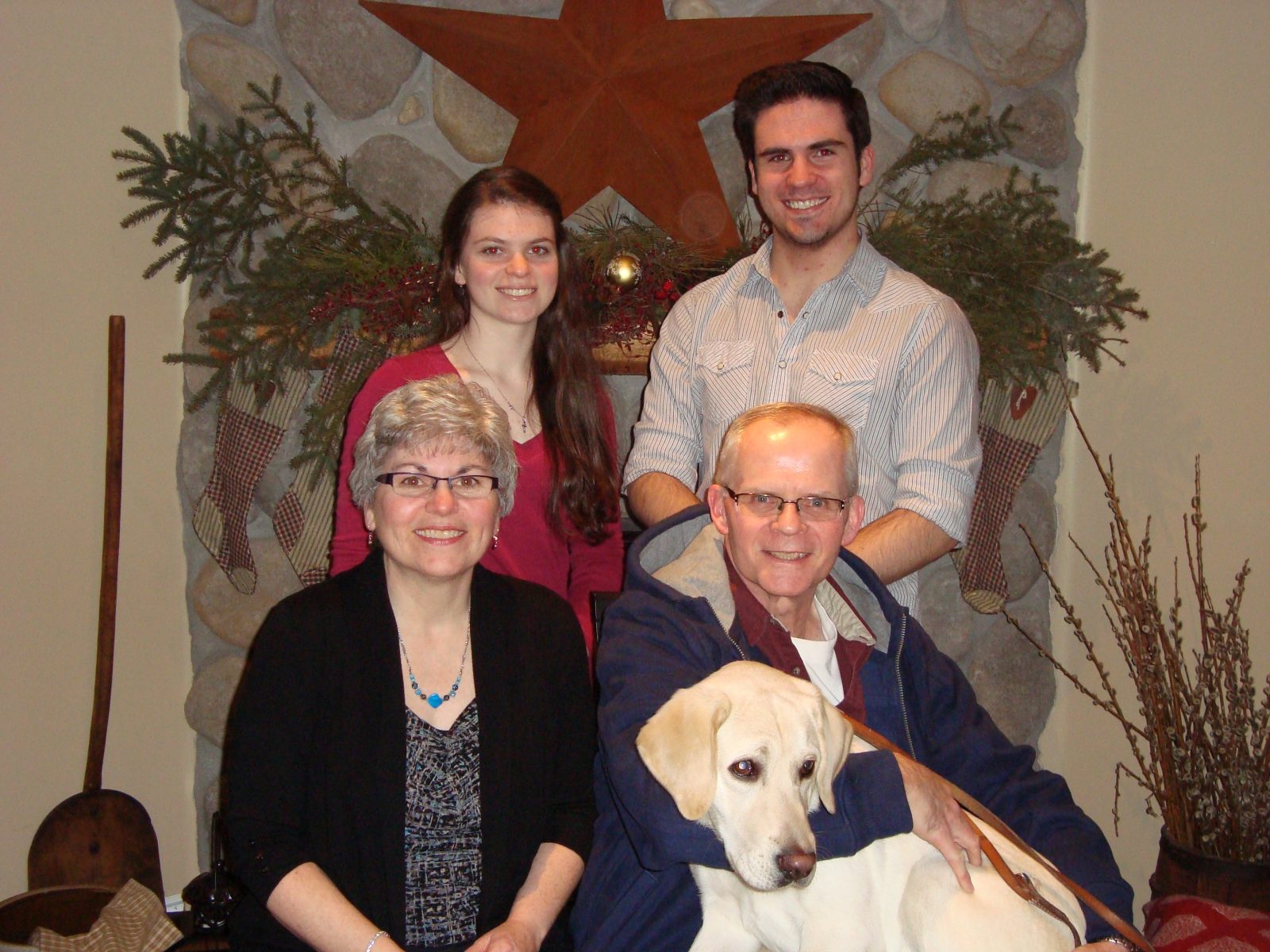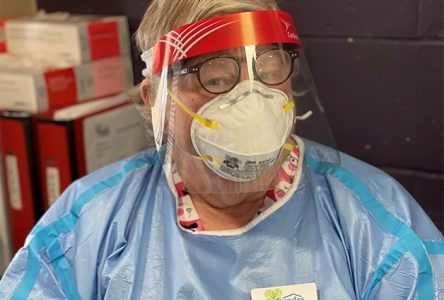CORNWALL, Ontario – At just 20 years of age Daniel O’Neil is the last person you would expect to see grappling with a debilitating stroke.
But that’s exactly what the Cornwall man faced earlier this year when his life, and the lives of his family, was turned upside down after his brain began to bleed thanks to a genetic defect that had gone undetected.
The O’Neil family will celebrate even more this Christmas because, in hindsight, there’s every indication Daniel could have – and perhaps should have – died when a blood vessel at the back of his brain burst.
“They told me it was a migraine,” said Daniel, recounting the events of April 3 when, as a biochemistry student at Ottawa U, he went to the university clinic complaining of a headache. “My vision had started to change. I was seeing cross-eyed.”
The staff at the clinic weren’t the only ones to miss the diagnosis right away. Later that day Daniel’s father Mike picked him up for a trip back to Cornwall.
On the way back he vomited in the car and instead of heading home they went directly to the Cornwall Community Hospital.
After waiting in emergency for hours they were finally seen by a doctor, who advised them that a CT scan could not be performed until the following morning.
Daniel spent the night at home.
In hindsight, his parents suggest Daniel should have had the procedure done much sooner.
“He could have died so many times in his bed that night,” said his mother Linda Belanger.
The next day, when Daniel returned to the hospital for the CT scan, it took doctors seconds to realize something dire was happening.
“From the time we left the CT scan until we got back to emergency they were waiting for us with a wheelchair,” said Mike.
Doctors had found a massive, life-threatening bleed created by what’s known as an arteriovenous malformation, or AVM – essentially a tangle of abnormal and poorly formed blood vessels that had finally burst.
Daniel was whisked away to the Ottawa Civic Hospital in an ambulance, with his father following behind.
Mike said the ride to Ottawa, and indeed the entire ordeal, will haunt him for the rest of his life.
“I was behind them and as soon as they crossed over the 401 they hit the lights and took off,” said Mike, at the time believing that his son’s condition had deteriorated in the ambulance.
Thankfully that wasn’t the case, but Mike didn’t know that.
What followed for the O’Neil family was weeks of tests, sleepless nights and ultimately a nerve-wracking eight-hour operation to remove the damaged portion of Daniel’s brain.
Before the surgery simple things like articulating his thoughts, differentiating his right from his left and spelling simple words like “up” were at times difficult, or impossible, for Daniel.
The emotion of the events of this year are seared into Mike and Linda.
“I think I aged 10 years in those seven weeks,” said Mike, fighting back tears. “It’s hard.”
Belanger is equally emotional.
“It shakes every cell in your body,” she said. “As you’re going through it, it’s surreal.
“I felt it was the most difficult thing I’ve ever had to live through and I truly know how it feels to want to give my life for someone if I could. When a family is hurting the love, support and prayers from family, friends, neighbours and past co-workers are what help carry you through the journey. Finally, as a Mom I saw how courageous, brave and wonderful my children are and I am so proud of both of them.”
Despite risks like death, an inability to tell hot from cold, or physical disabilities, Daniel came through his surgery well, though he is still grappling with deficits.
He has difficulty reading, as his eyesight has been permanently damaged as a result of the stroke. Reading often leaves him exhausted, which can be difficult for what is now a fourth-year biochem student who has his sights set on graduation and a career in that field.
“I just see myself as a biochemistry student who had a brain hemorrhage,” he said. “Graduation will mean more to me because of what happened.”
The family agreed spotting the signs of a stroke, even in someone as young as Daniel, is important.
“He was very lucky,” said Linda.
The Heart and Stroke Foundation has come up with a way to make it easier to learn the signs and symptoms of stroke.
Learning the acronym FAST could help save the life of someone having a stroke.
F stands for face. If a person’s face is drooping on one side or the other, it could indicate stroke.
A stands for arms. If a person cannot effectively lift their arms, while presenting with other symptoms, a stroke could be taking place.
S stands for speech. Like Daniel, if a person cannot speak properly, uses incorrect words or syntax, or mumbles, a stroke needs to be ruled out.
Finally, T stands for time. Time is of the essence in treating a stroke, and a 911 call can often mean the difference between life and death.
“I never really thought it could have become so serious,” said Daniel. “It took me the summer to process it.”
He acknowledges that he’s fortunate, despite the deficits he faces.
“I can still live a pretty normal life.”




